Three thousand years of people being bastards to horses
MEDIA RELEASE: The National Gallery of Victoria is delighted to present the first exhibition on the relationship between man and horse. ‘People being bastards to horses’ assembles images of this magnificent animal put by man to work and war, and subjected to extreme exercise for his amusement. Panoramic in scope, the exhibition features works from classical antiquity, the 19th Century—The Golden Age of people being bastards to horses—right through to the contemporary. Please enjoy a selection of key works from this landmark exhibition.
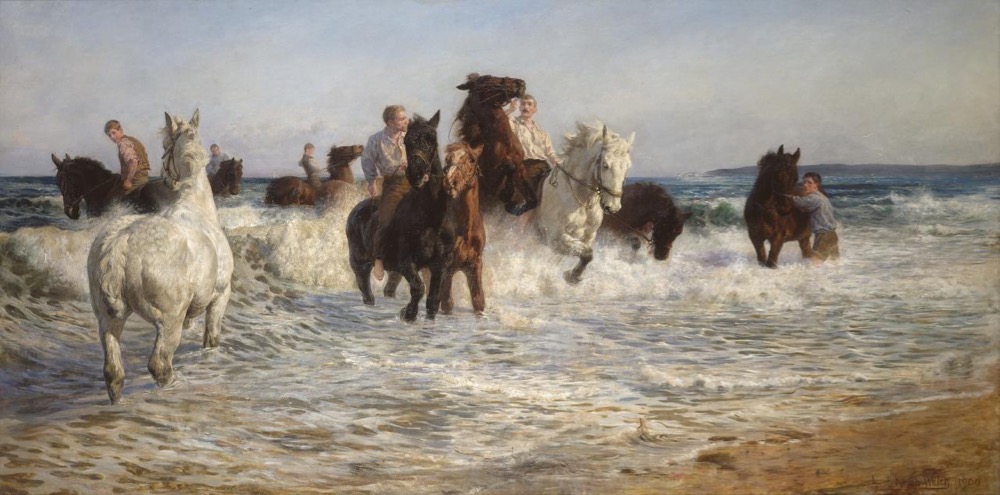
Nothing a horse appreciates more than being made to thrash about in the freezing cold English Channel of a morning.
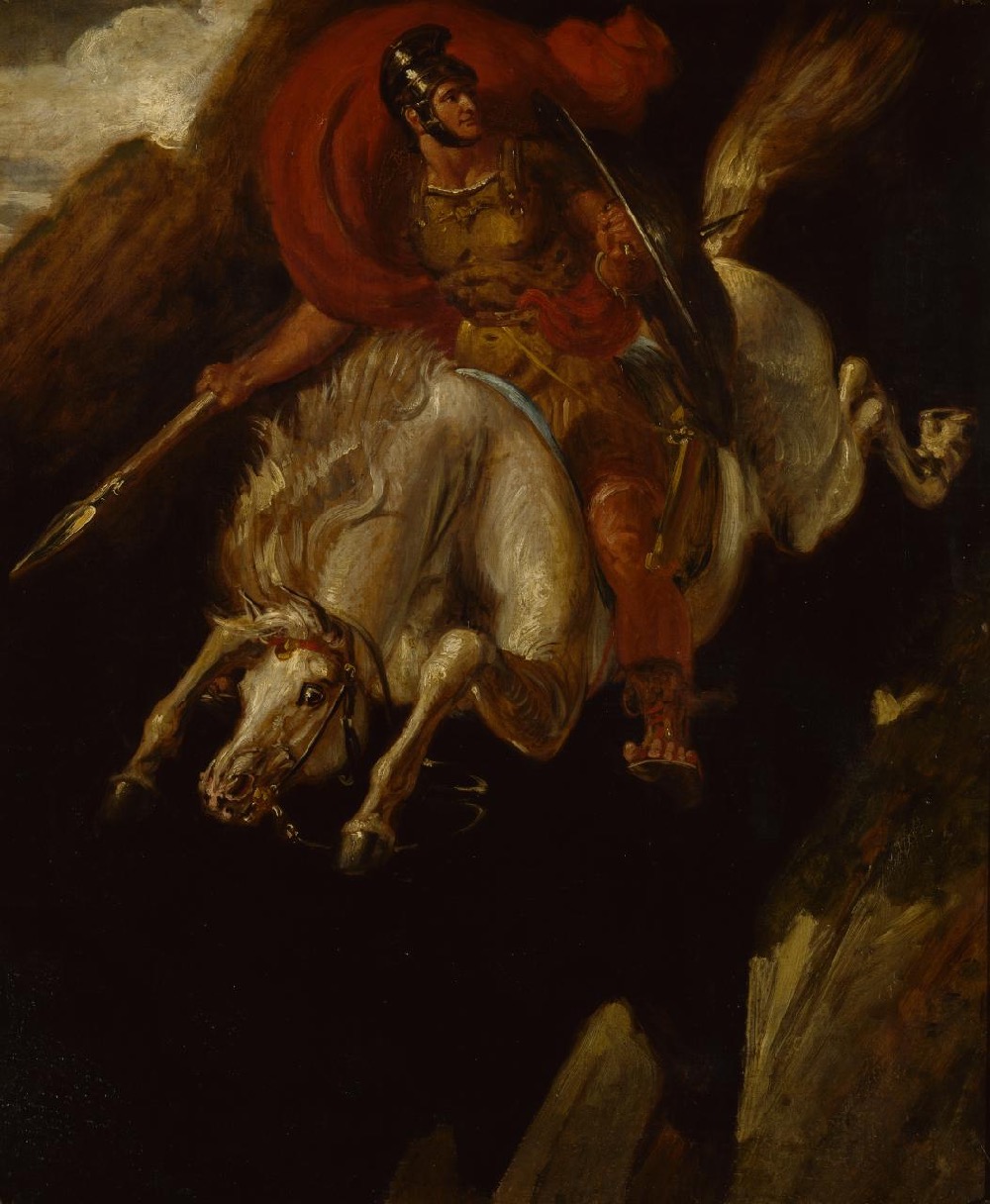
Marcus Curtius: Self-sacrifice is a virtue that shall make Rome great. My horse! To that fire-eyed maiden war, and should the Gods desire it, to death.
Marcus Curtius’s horse: Um, can it wait? I’ve got physio at two for the gammy knee. You know how hard it is to get an appointment with this guy!
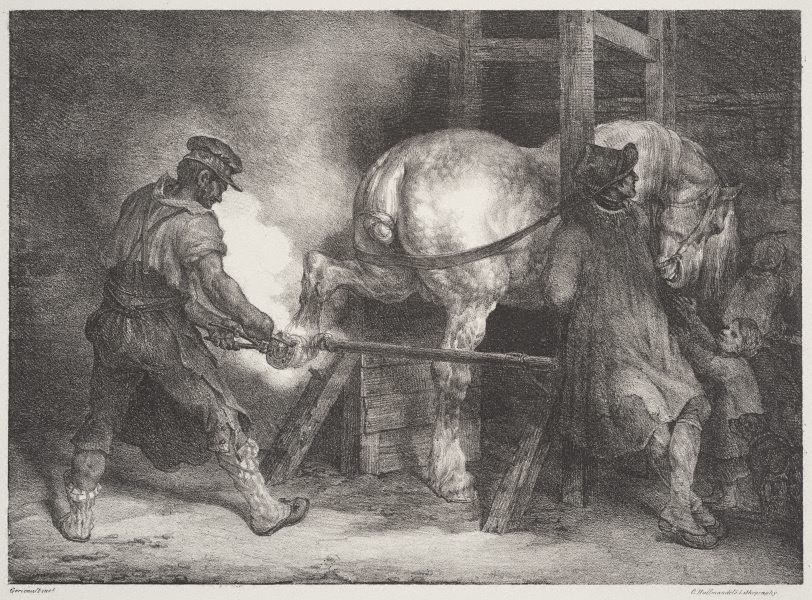
Child: Do all horses have red hot iron bars nailed into their feet?
Man: Only the lucky ones, kid.
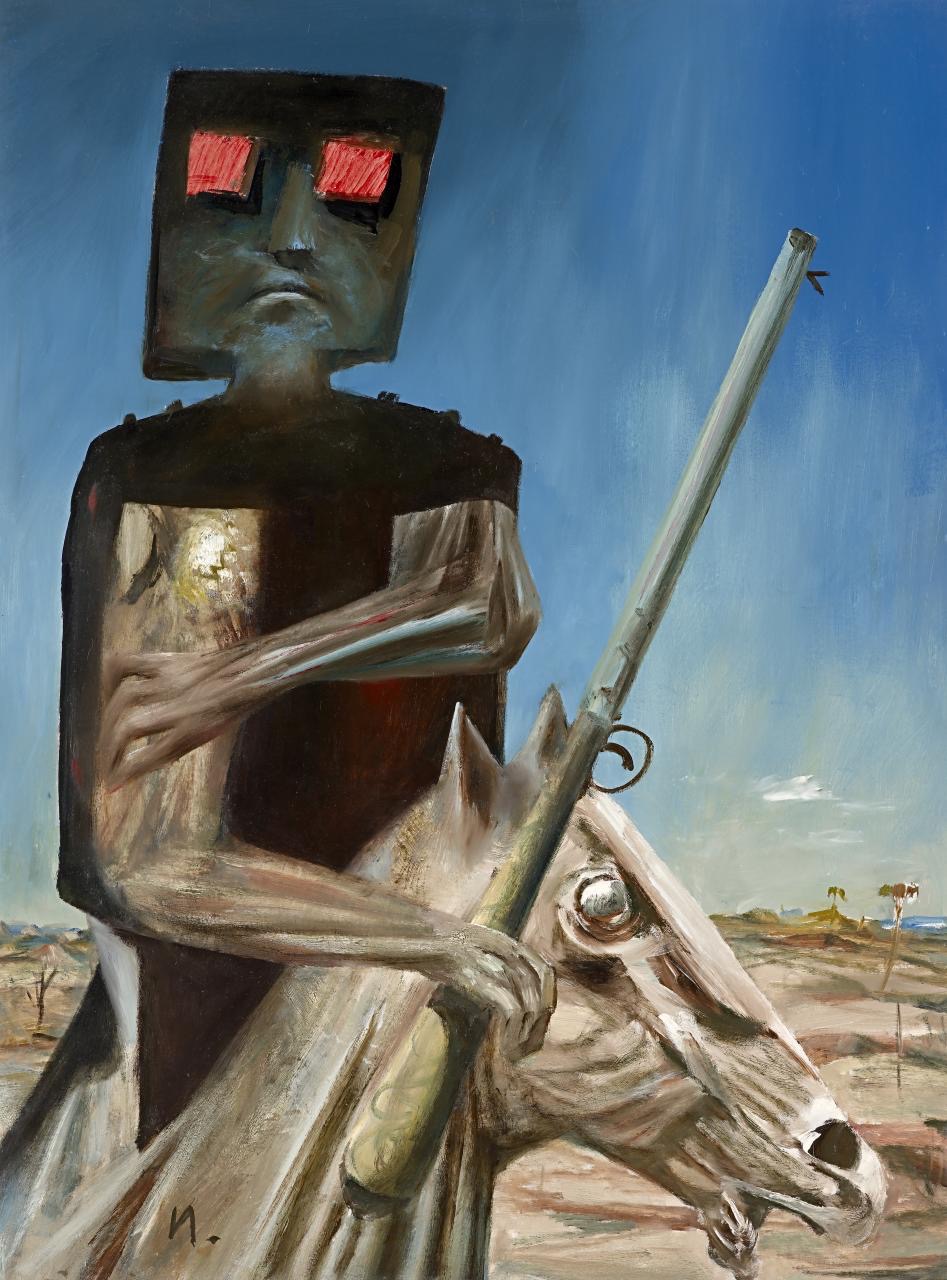
Ned Kelly: I wish to acquaint you with the occurrences present, past and future …
Ned Kelly’s Horse: Sorry to interrupt your letter, mate, but something to drink would be awesome.
Ned Kelly: It will pay government to give those people who are suffering, innocence …
Ned Kelly’s Horse: Just a drop, mate, anything. I can’t feel my lips.
Ned Kelly: … justice and liberty
Ned Kelly’s Horse: My face feels like a roasted gumboot.
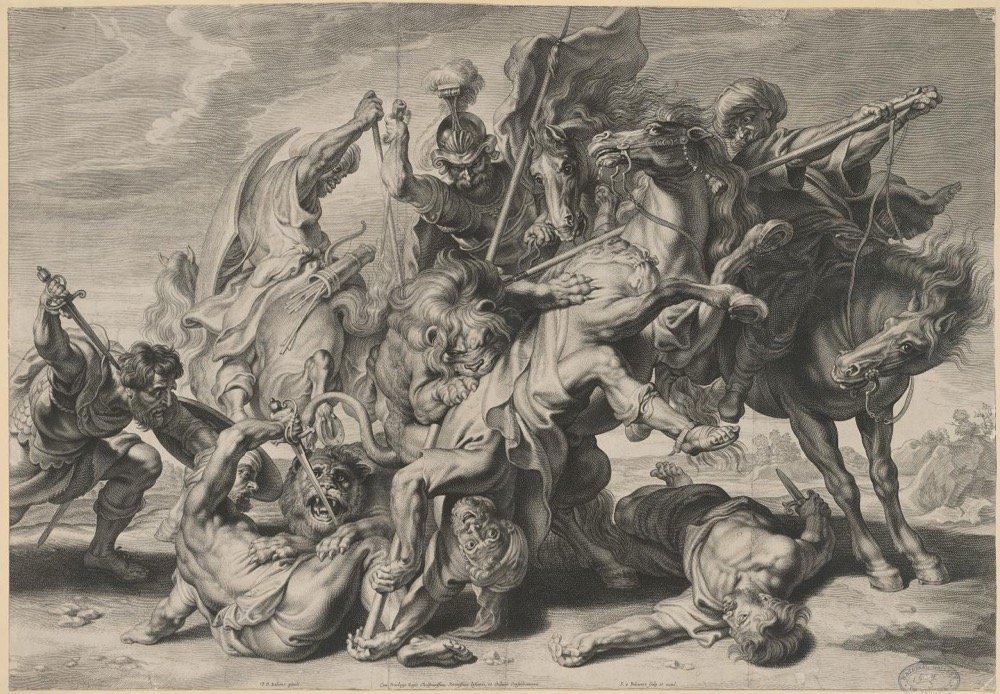
Soldier: Attack those lions at once! Attack! Attack!
Horse: I don’t mean to be a pain, but may I suggest the benefits of a qualitative risk assessment at this juncture?
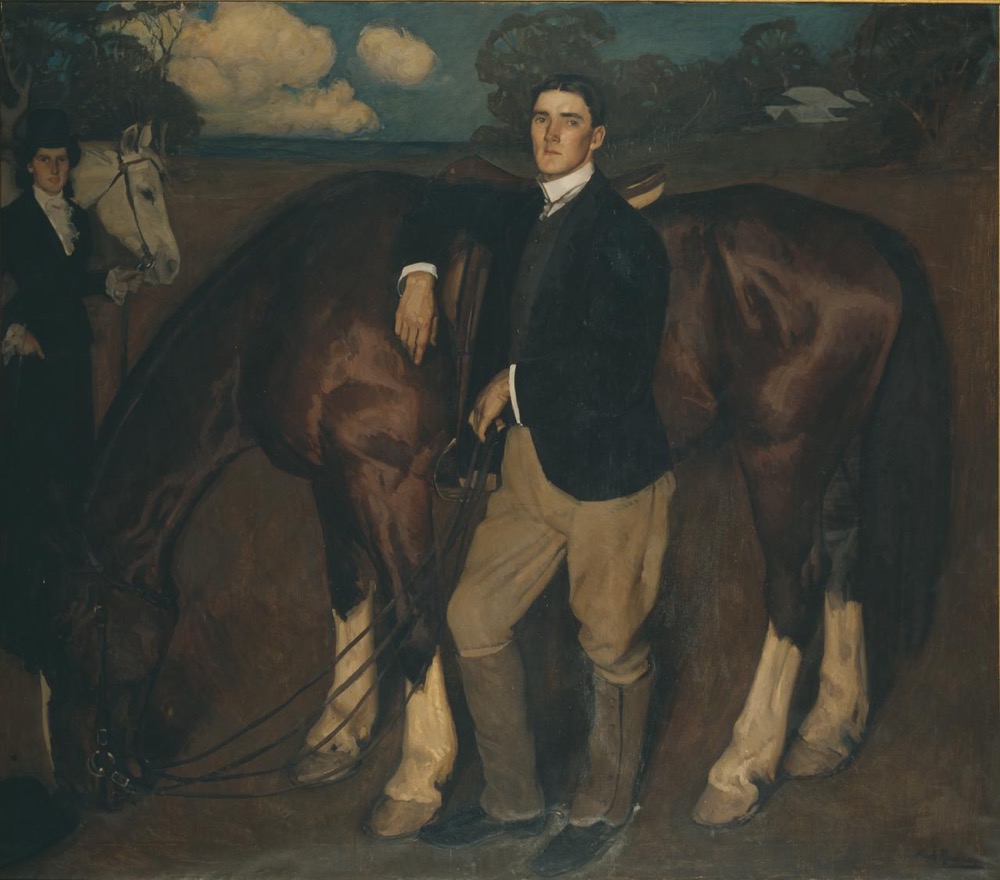
Man: To aid its digestive health, one must lean on one’s horse as it eats.
Woman: Are you sure about that?
Man: Certain.
Woman: And what should horses feed on?
Man: Dirt, mainly.
Woman: That doesn’t sound exactly right.
Man: Dirt.
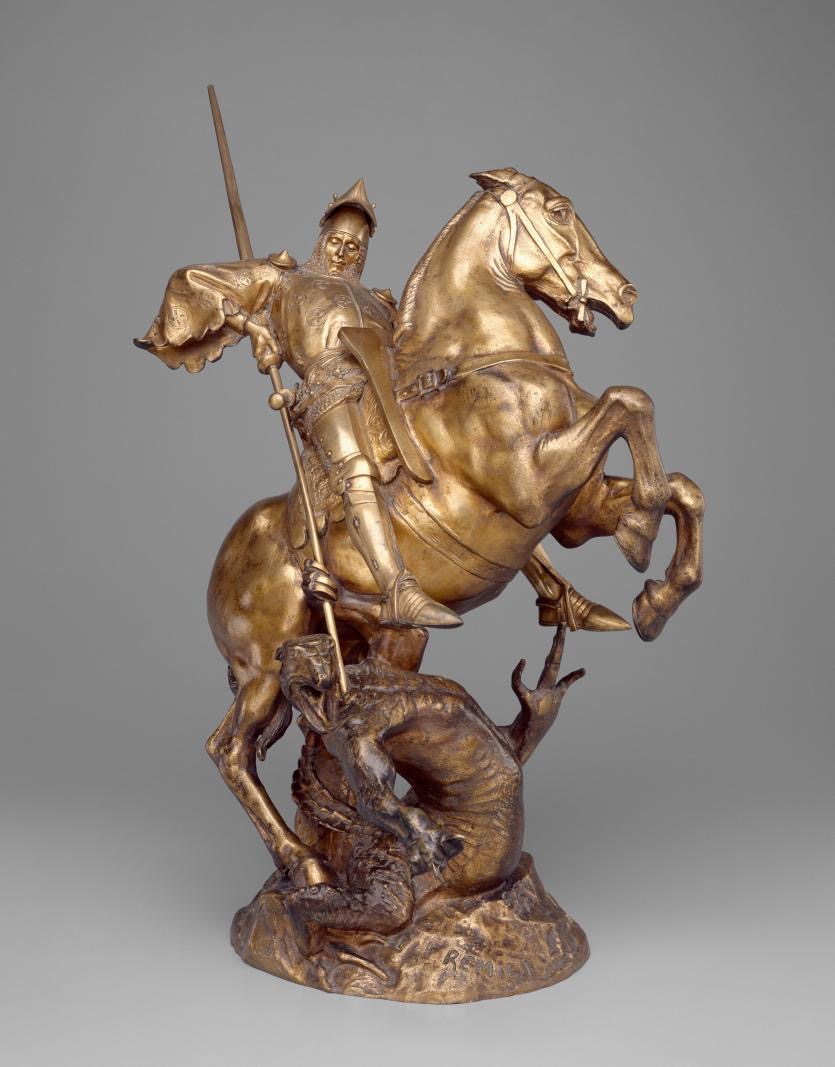
And St George did upon the ferocious Dragon look, and call out to it that he would strike it with a lance from high up on his steed. But to St George’s surprise, his steed did resist utterly the trampling of the Dragon, bucking and whinnying and saying ‘Not my problem’ and ‘Do it yourself, hotshot.’
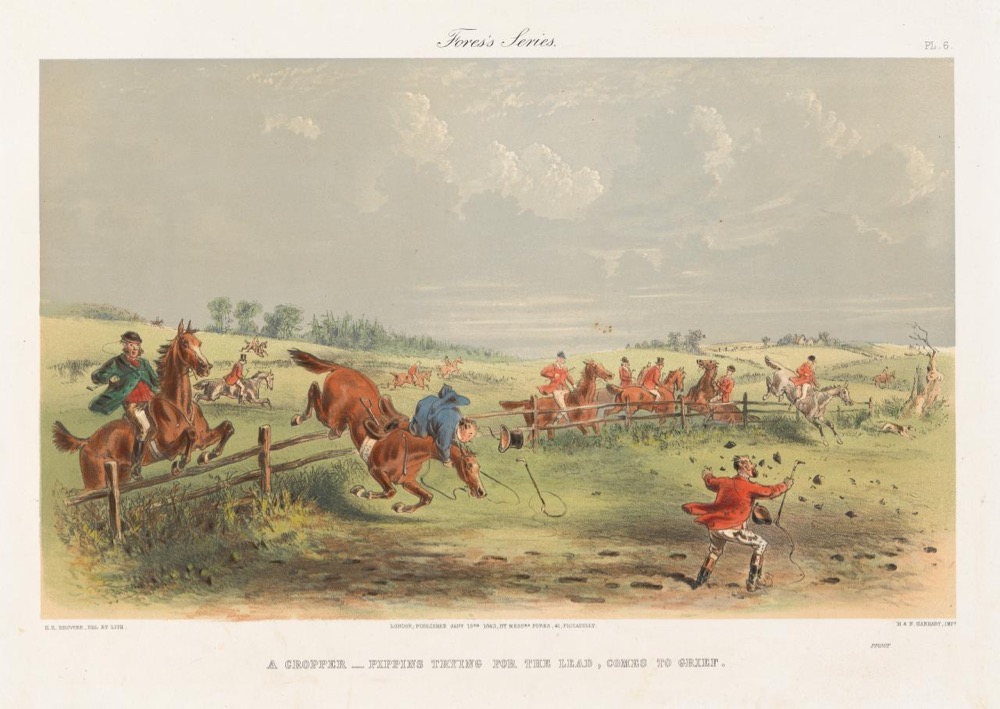
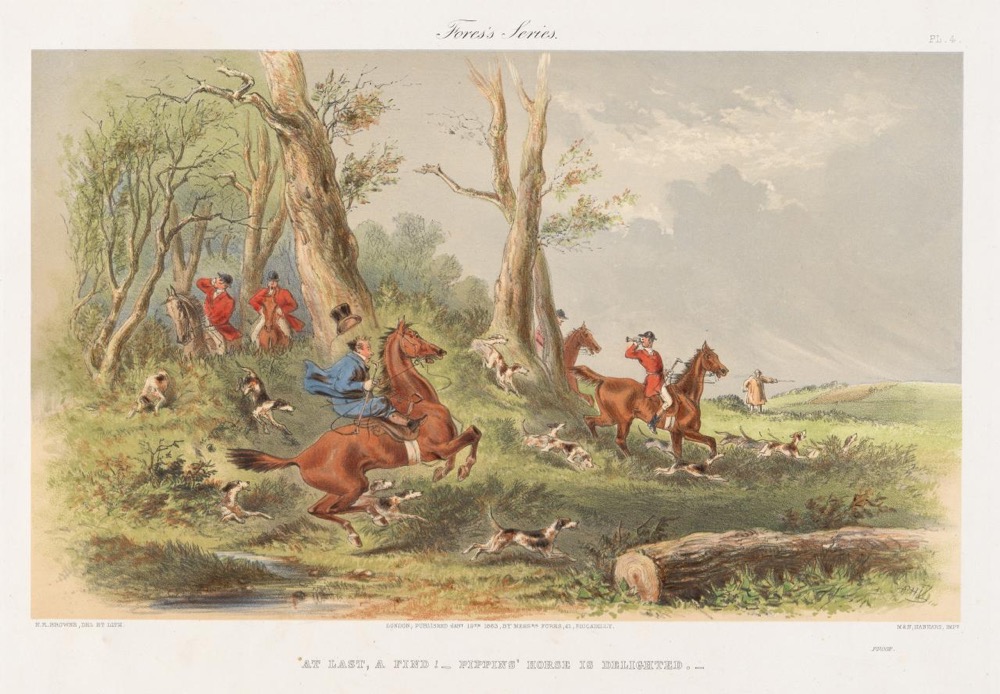
Pippins: Come men, let’s enjoy a grand day on horseback, hunting furry animals and shooting them in the head.
Pippins’ horse: Wow let’s not instead.
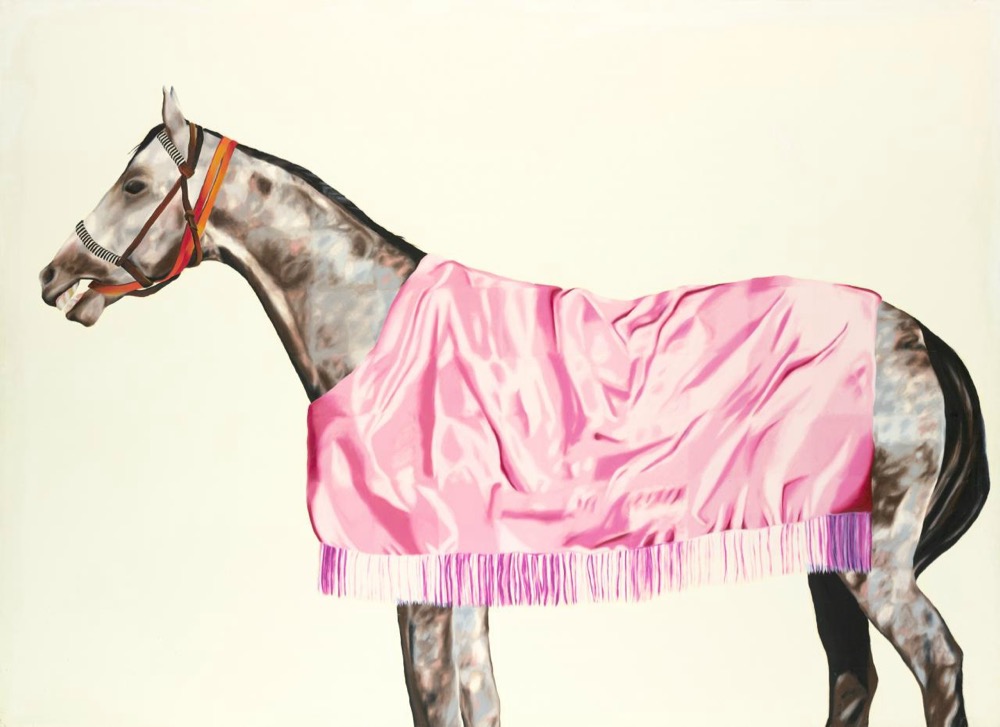
Horse: How much longer?
Jenny Watson: 45 minutes max.
Horse: See you said that 45 minutes ago.
Jenny Watson: Well maybe if you didn’t move your mouth so much.
The Horse, NGV International, Melbourne, 14 August – 8 November 2015.